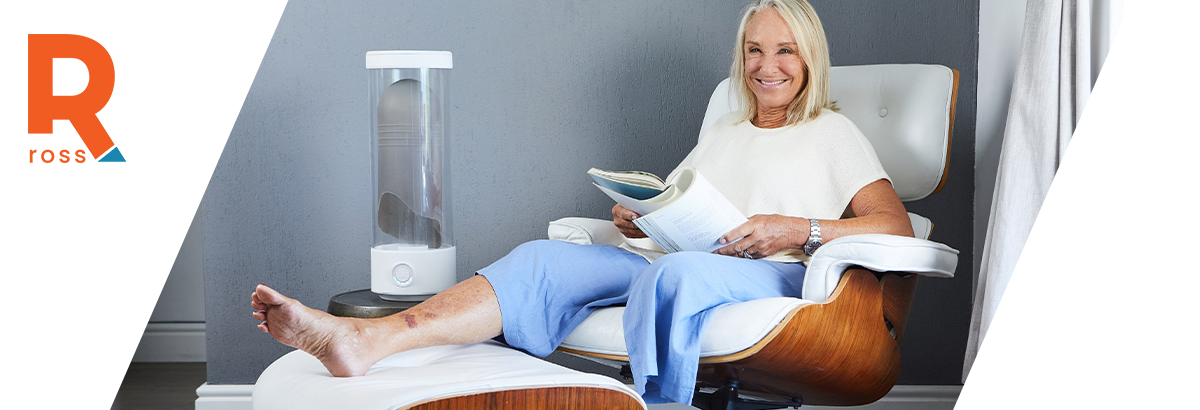The skin inside a prosthetic liner is more vulnerable than you think—here’s how to protect it.
The Overlooked Side of Prosthetic Care: Hygiene
More than 2.7 million people in the U.S. live with limb loss¹—and that number is steadily rising. As prosthetic technology evolves, conversations around comfort, fit, and mobility often take centre stage. But there’s one area that deserves just as much attention: liner hygiene.
If you’re an amputee—or a clinician supporting amputees—you know how crucial the interface between residual limb and liner is. What’s often underestimated is just how vulnerable that space is to infection and skin breakdown.
1. Your liner could be more prone to infection than a surgical wound.
Prosthetic liners are warm, enclosed, and under pressure for hours each day. This creates an ideal environment for bacterial and fungal growth, especially when sweat and skin cells build up. Over time, these contaminants can trigger:
- Skin irritation or rashes
- Persistant odor
- Painful sores
- Inreased risk of cellulitis or infection
In fact, clinical experts note that the skin inside a liner can be more prone to infection than a healing wound, due to constant exposure to heat and moisture without ventilation².
2. Walking with a prosthesis uses up to 60% more energy
Mobility with a prosthesis is a daily triumph—but it comes at a physiological cost. Studies have shown that lower-limb amputees expend up to 60% more energy walking than those without limb loss³. Any discomfort, inflammation, or infection makes that effort even harder.
It’s not just about cleanliness—hygiene directly impacts performance. A fresh, bacteria-free liner protects the skin, supports better prosthetic fit, and reduces downtime caused by skin complications.
3. The ROSS Solution: Sanitization at Home and Clinic
ROSS is the first and only ozone-based prosthetic liner sanitization device. It’s compact, fast, and designed specifically for home or clinic use. Backed by AAMI TIR 12 protocol lab testing, ROSS delivers a 5.1-log reduction in bacteria, equivalent to eliminating 99.9992% of harmful microbes—without chemicals, alcohol, or residue.
ROSS is built to be used daily, just like brushing your teeth. Because proper hygiene isn’t optional—it’s essential.
Whether you’re a user or a clinician, here’s why it matters:
- Fewer skin complications
- Better prosthetic comfort and fit
- Reduced infection risks
- More confidence and quality of life
If you or your patients are dealing with irritation, odor, or recurring liner issues—there is a better way. The ROSS device is already in use in clinics and homes across the U.S., Australia, and Canada.
References
¹ Ziegler-Graham, K., et al. Archives of Physical Medicine and Rehabilitation, vol. 89, no. 3, 2008, pp. 422–429.
² Dillingham, T. R., Pezzin, L. E., & MacKenzie, E. J. Southern Medical Journal, vol. 95, no. 8, 2002, pp. 875–883.
³ Waters, R. L., et al. The Journal of Bone and Joint Surgery, vol. 58, no. 1, 1976, pp. 42–46.

